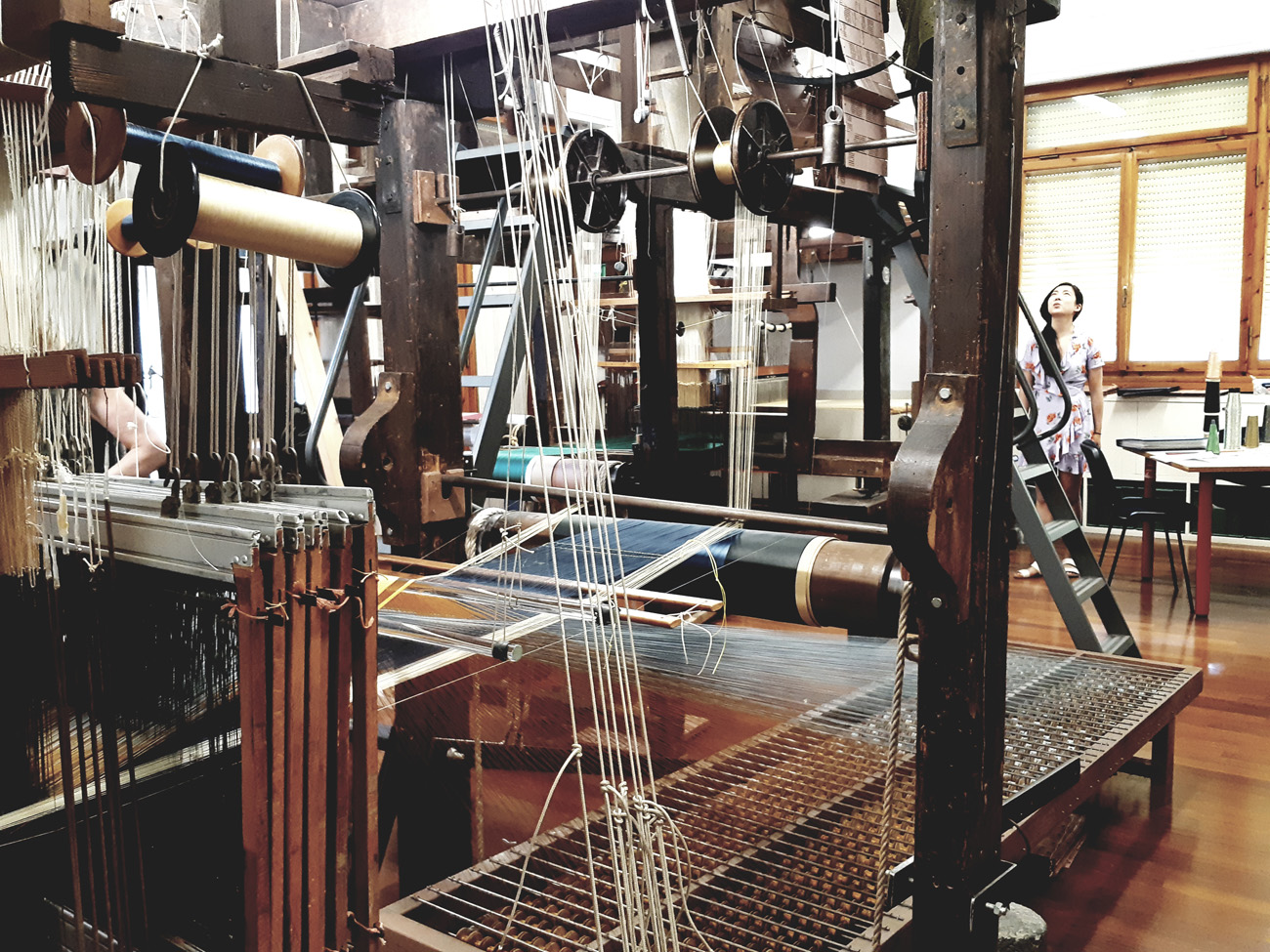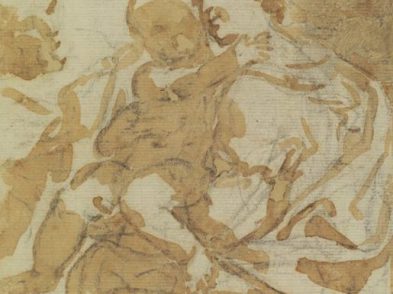Summer makes me long for the lightness of silk, which is why I spoke with Sabine Pretsch, head of textile manufacturing at the Fondazione Arte della Seta Lisio, a Florentine foundation and school dedicated to the production of handmade silk.
Its legacy of precious fabrics is part of Florence’s artisan scene today.

Jane Fortune: I have always been interested in safeguarding ancient crafts and the training of artisans. How does the Fondazione and school find its weavers?
Sabine Pretsch: Our courses are open to the general public, allowing access to those who want to become more familiar with the craft. Some people come from weaving families and have intelligence in their hands, as part of their DNA. Weaving is a combination of hand-work and brain-work. You must understand the loom and know how to fix it. A weaver must also have a strong physical constitution as they work the loom by hand and foot. People weighing less than 50 kilos cannot manage the machine. Like all artisans, you’ve got to have passion, pride and patience. It takes 15 days to prepare the loom before even weaving 10 centimeters of fabric. Weaving one meter of fabric takes days or weeks to produce.
JF: Restoration is one of my life passions. Does the Fondazione work with restoration?
SP: Yes, we restore ancient fabrics. Preserving treasures of the past is one of our missions. That said, one of my goals is to teach the public—and sometimes the weavers themselves—that, although this craft is rooted in centuries of creativity, we are not just here for restoration. Reproducing fabrics from the 14th, 15th and 16th centuries is wonderful work, but it is even more exciting to learn that modern-day weavers can produce any kind of design, even ultra-modern geometric-inspired pieces with varying textures combining cut and uncut velvet, which makes them appear multi-dimensional. This craft is ancient, but today’s weavers must allow modern-day creativity to take hold of their hands and their minds. That is the opportunity we wish to give them.
JF: Who commissions the creation of these fabrics?
SP: We work with architects and aficionados. We receive commissions from historical venues like the Wilanów Palace in Poland and Germany’s Dresden Palace. If traditional weaving of brocades and velvet is to survive we must produce exclusive designs that no one else has. Like noble families of bygone times, a commissioner knows that they own “the patent” on the design or color chosen. In the past, filmmakers like Visconti and Zeffirelli would work with the Fondazione to produce costumes in its period films. Who can forget Elizabeth Taylor’s costuming in The Taming of the Shrew! Hollywood today does not make such investments. High fashion companies like Valentino, Fendi, Versace and Cartier, on the other hand, are beginning to tune into our work.







